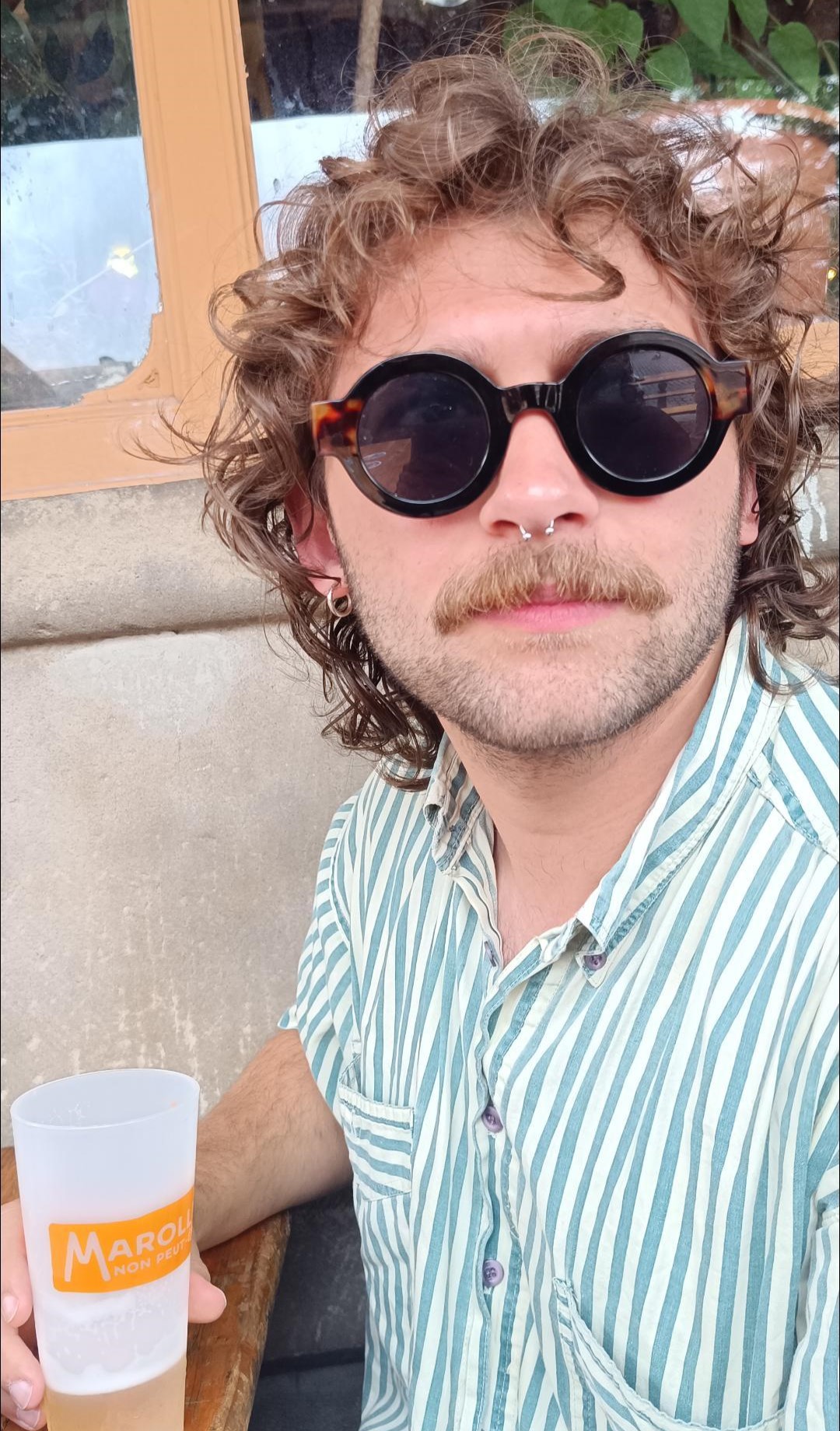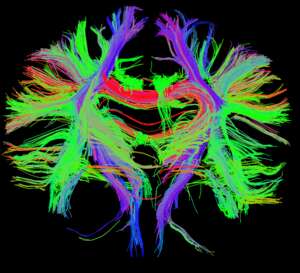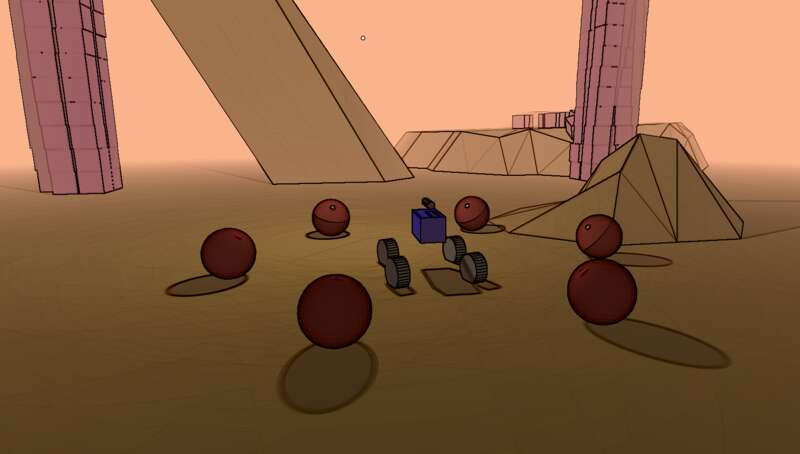Home
Foreword#
This is an example student blog for the 2024-2025 ULB class “How To Make (almost) Any Experiments Using Digital Fabrication”.
About me#
Hello ! My name is Jonas,

I am a master student in physics with an hybrid specialisation in mathematical physics (mainly gravitation theory) and applied physics (fluid dynamics, medical imagery and quantum information). This course represents quite well the hybrid way with which I like to approach physics and I’m looking forward to learn new practical skills and to meet a lot of people from different fields.
My background#
I was born and always lived in Brussels. I discovered a passion for theoretical physics during my secondary education mainly thanks to the famous movie called “Interstellar”. At the end of my first master’s year I understood that doing only mathematical and theoretical physics was not for me and that I needed a good balance between abstract and practical stuff.
Previous work#
Master thesis : Black hole imagery#
That quest for balance led me to do a master thesis mixing programmation and advanced general relativity. Its goal was to program an algorithm which could generate an image coressponding to what an observer would see while looking at a strange kind of black hole. Here is a picture of a Schwarschild black hole generated by my algorithm :

Internship : Neuroimagery#
I also discovered the medical imagery field by doing an internship in the Neuroimagery Research Laboratory of the ULB. This internship allowed me to use and deepen my knowledge of quantum mechanics, electromagnetism , fluid dynamics and programmation which is obviously a good combination of abstraction and partice. The internship’s goal was to create a tractography generation pipeline. A tractography is a 3D map of the nerves. Since the lab I was working in is specialised in brain imagery, I had to write a pipeline that could generate such images starting from MRI pictures :

Class project : 3D video game#
Last year, I followed the course “Virtual Reality” at ULB which thaught us to use the OpenGL library to code an interactive 3D program. With my classmate, we implemented such things as shadows, shaders and physics collisions. Here is a screenshot of our final game :
